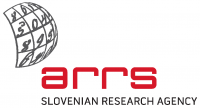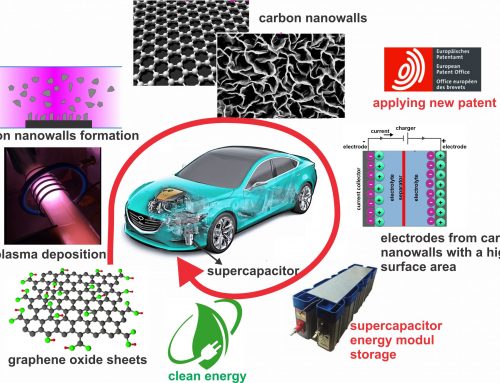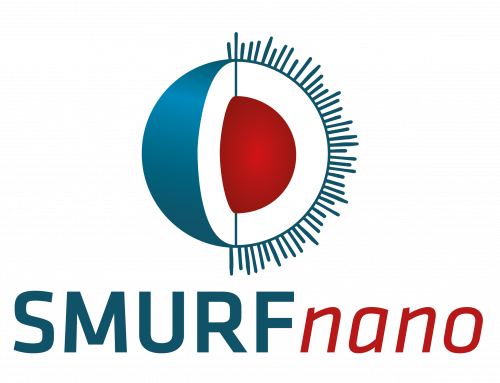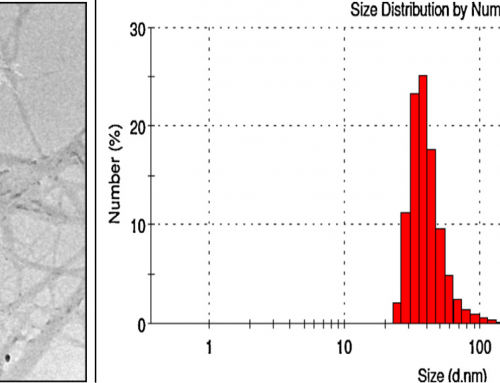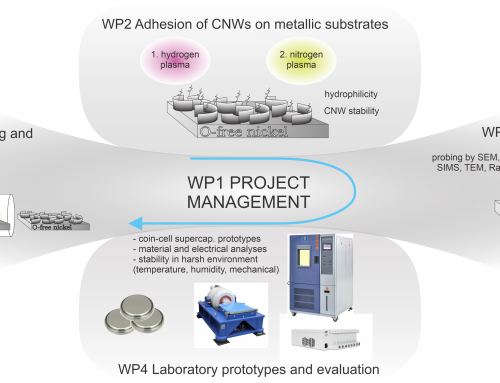Structural and surface properties of fibrous membranes for purification and chromatographic separation of biomacromolecules (J2-1719)
Project leader: Prof. Dr Vanja Kokol (University of Maribor, Faculty of Mechanical Engineering)
Investigator: Dr Ita Junkar (Jozef Stefan Institute)

Current trends in the purification of biopharmaceuticals are driven by higher productivity, lower cost of production and increased development speed, while achieving strict regulation requirements related to the purity levels in final formulations. This may be accomplished by either reducing product doses or increasing production scale. Another trend is the increased use of disposable systems or single-use membranes, which eliminate the need for the development and validation of cleaning cycles. Membrane technologies have, thus, become essential in current downstream processes, starting with the complete and sterile bacteria filtration, followed by separation of the cells to capture and concentrate the products, and continued with the removal of impurities during the polishing steps using chromatography. The critical step in a profitable purification is to carry out separation in a highly efficient manner, (with low energy consumption and minimal throughput time), safely and reliably.
In this project, we aim to investigate the preparation/manufacturing process for developing of novel low-cost and high-flow fibre-based filters and ion-exchange membranes, which may act as a complementary method to the existing polymeric-based filters or expensive chromatographic CIM monolithic cartridge-based systems, to enable: i) High and sterile bacteria filtration retention, ii) Efficient gDNA and endotoxin removal, and iii) Chromatographic purification/separations of proteins, with high performance and economic feasibility.
The membranes will be prepared by merging existing textile, paper and composite technologies optionally in a combination with advanced plasma processing, to modify or functionalize the fibres’ surface further chemically with a specific ligand, and, thus, to tailor/increase the membrane surface area and mass transfer properties with good binding capacity, supporting efficient biomolecules` purification, separation and recovery.
The most important challenge, being also a synergistic key point, will be to create differently nano-to-micro vs. micro-to-macro sized and inter-connective porous materials of various surface/interface properties (charge, hydrophobicity), and, thus, to adjust the membrane manufacturing process with the final application requirements (i.e. good pressure/pH/sterilization stability, small/no swelling/shrinking and good/high permeation flow, accomplished with good filtration/separation performance in terms of retention and permeability).
In order to understand the filtration and chromatographic performance of the created membranes, several parameters will be addressed, including the starting materials before and after their modification, up to evaluation of basic membrane properties, such as morphology (pore size and geometry, pore size distribution and inter-connectivity, surface area, density), mechanical strength and compression vs. stress-strain stability, physico-chemical properties (thickness, surface charge type/quantity and distribution, hydrophobicity, swelling/sorption and shrinking behaviour under different pH, ionic strength), molecular weight cut-off definition, permeability vs. binding capacity and recovery, as well as sterilization, cleanability and reusing, by using relevant analytical techniques and colloidal filtration/separation theoretical principles.
This will be the most important impact on the results, and, as such, through the proof-of-concept principle (reaching TRL3), will contribute greatly to the technical knowledge in that field, covering also textile, material, technical, and chemistry sciences, as well as filtration and separation processes. In addition, the knowledge generated can be used to develop specific fibrous structures for many other applications, such as water reuse (cleantech) applications, beverage processing, and air filtration. A strengthening of research cooperation between all involved groups is expected to continue further under European or other inter/national programmes.
